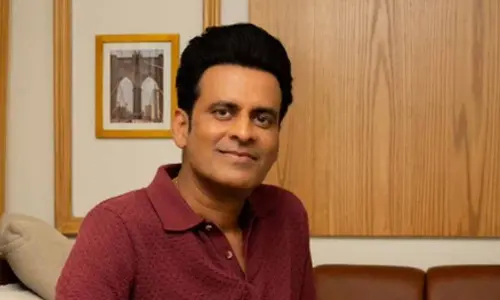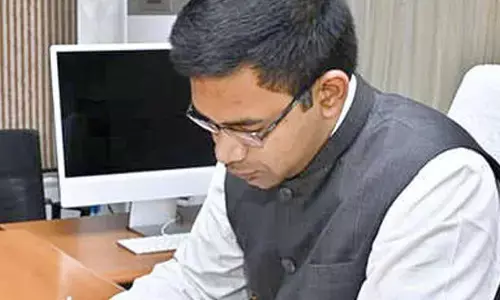A look into history of high heels

Half truths and lies are not just part of politics. Even the fashion world has a fair share of it. Take for example the fashion heels. General perception is that women started wearing the fashion heels by the late 17th century.
Half truths and lies are not just part of politics. Even the fashion world has a fair share of it. Take for example the fashion heels. General perception is that women started wearing the fashion heels by the late 17th century. Men, of course, have been wearing it for much longer, at least since the 10th century. For decades men and women competed in wearing the heeled footwear.
In France, there was always a distinction between the heels worn by the royalty and the one of the commoners. Elizabeth Semmelhack, senior curator of the Bata Shoe Museum once stated that "heels were becoming suspect for men as Enlightenment concepts of male 'rationality' posited that 'irrational' things such as high heels were better left to women".
No one knows why high heels were seen as hyper-feminine and got linked to female erotica. Many centuries after those were made, the heels became thinner and higher by the 50s' and the stiletto was born. It defined the golden age of high heels for women and fashion. It continues even today.
But, high heels came into the world in the 10th century. Persia and the nobles used to wear them. Even soldiers used to wear those for a comfortable ride on horses.
owever, high heels were not imported to India by any of these people. At least not to the Deccan region.
Ramappa Temple, also known as the Rudreshwara temple, is a UNESCO World Heritage Site located in Telangana, India. It is 15 km (9.3 mi) from Mulugu, 66 km (41 mi) from Warangal, 209 km (130 mi) from Hyderabad. An inscription in the temple says it was constructed in the year 1213 CE by Recharla Rudra—a General of Kakatiya ruler Ganapati Deva 1199–1262.
Located in the vicinity of Ramappa Lake, the Ramappa Temple complex which consists of three temples was constructed between 1212 and 1234, designed and architect by Ramappa—after whom the temple complex is named. None of the sculptors of Ramappa temple had been influenced by either Persian culture nor interacted with the Persians during their lifetime. The exquisite sculpture, particularly the delicate figurines carved on the walls of the temple that depict various dance postures are of traditional Indian dancers.
The dance sculptures found in the Ramappa Temple at Palampet are based on Jayapa's Nritta Ratnavali. (Legendary Guru, Nataraja Ramakrishna revived Perini Sivatandavam after studying the sculptures here).
Have a close look at the sculptures to understand how fashionable the women were in those days in India. To even presume that fashion has been taught to us by the West is ridiculous.
The dancers depicted as per the Nritta Ratnavali were the real fashionistas of those days. We can find the high heels here worn by the dancers. Audrey Hepburns and Mailyn Monroes...move out please. We had real high fashion long ago. You were not the real fashion icons.



















